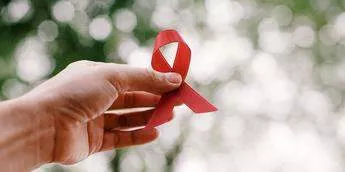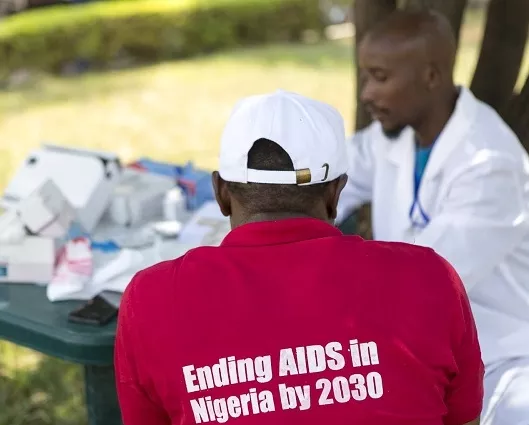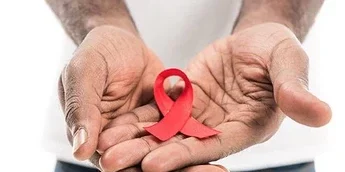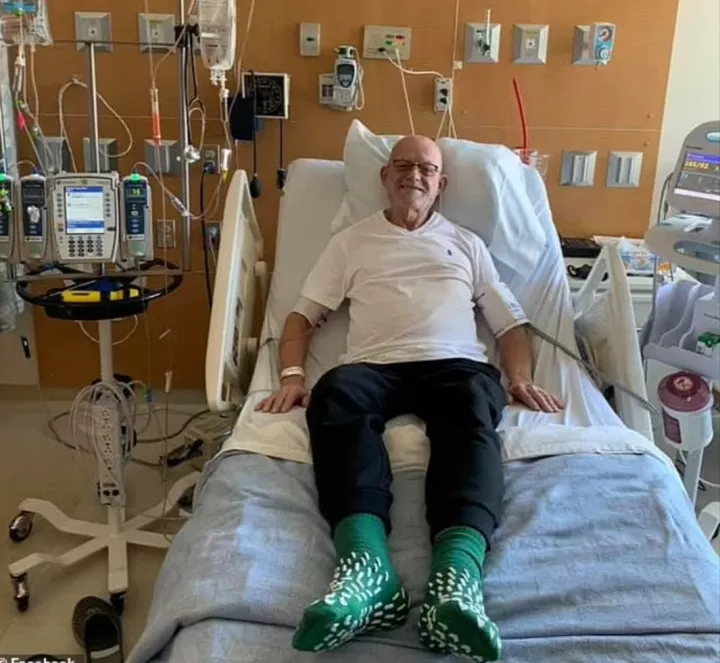
Namibia has achieved a significant milestone in combating the spread of HIV. The Southern African country is the first on the continent to significantly curtail vertical mother-to-child transmission of both HIV and viral hepatitis B. The plan to eradicate HIV from Namibia on a national scale fully kicked off in 2014.
A report by the World Health Organization revealed that Namibia has made a level of progress in curbing the spread of HIV and viral hepatitis B not seen on the continent, for which the WHO awarded the country the "silver tier" status for progress in reducing hepatitis B and "bronze tier" for progress on HIV.
Namibia's success is the result of an integrated effort to avert the spread of syphilis, HIV, and hepatitis B. The Triple Elimination Initiative by WHO seeks to protect women's and children's health as well as to uphold every child's right to be born virus-free.
"The triple Elimination Initiative promotes an end to vertical transmission of HIV, syphilis and hepatitis B virus, all of which are prevalent in low- and middle-income countries. It encourages countries to integrate services, using a person-centered approach to improve health outcomes for mothers and children," the WHO's report details.
"This is a landmark achievement by Namibia that demonstrates the life-saving possibilities of committed political leadership and effective implementation of public health priorities," the WHO Regional Director for Africa, Dr Matshidiso Moeti stated.
"With concerted efforts, we can accelerate progress to reach the goals of ending mother-to-child transmission of HIV, hepatitis B, and syphilis - the triple elimination," the director added.
Namibia has over 200,000 people living with HIV with new infections disproportionately affecting females.
Since 2010, 2.5 million children worldwide, 28,000 of whom reside in Namibia have avoided vertical HIV transmission. In the last 2 decades, there has been a 70% decline in vertical transmission of HIV due to increased access to treatment and nearly universal availability of HIV testing for expectant mothers.
"Namibia has met this milestone by taking a truly integrated approach to the HIV response from early on. The country has not addressed HIV in isolation as a single disease but as part of a broader health and development agenda, encompassing maternal and child health for all. Namibia has reached mothers and their children, even in the most rural areas," UNICEF Regional Director for Eastern and Southern Africa, Etleva Kadilli, stated.
Just 4% of infants delivered to HIV-positive moms contracted the infection in 2022. One of the most important indicators of progress toward eradication is that over 80% of newborns got a dose of the hepatitis B vaccination on schedule.
"In many countries, we are failing our children by not reaching them with the same treatment with which we reach their mothers and other adults," said Anne Githuku-Shongwe, UNAIDS Regional Director, East and Southern Africa. "Namibia has fought against this injustice and we are proud to celebrate their immense effort to leave no child behind. They serve as a beacon for the entire region."
The first National Elimination Strategy for Namibia was launched in 2014. It was succeeded by the National Roadmap to Eliminate HIV and Syphilis by 2020, which included the addition of viral hepatitis B later on. In accordance with WHO guidelines, Namibia set up a multisectoral National Validation Committee to eradicate the three illnesses.


















Comments